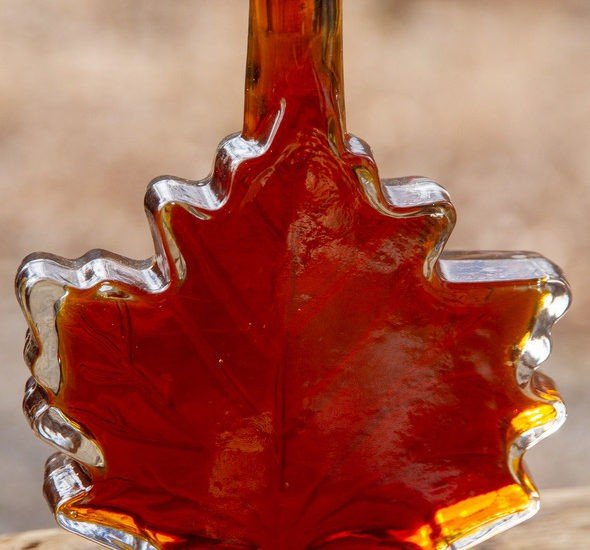
Did you know that there are more microbes in one teaspoon of healthy soil than people on earth? Farmers around the United States are working to keep their soil healthy by keeping the soil’s ecosystem flourishing, which in turn provides healthy food and fiber for the world.
Recently, Wilde Farms near Ballinger hosted a Soil Health Field Day to showcase a field trial where they have added multiple species of cover crops to half of their field. Through a three-year agreement with the Runnels Soil and Water Conservation District (SWCD), Texas State Soil and Water Conservation Board (TSSWCB), and the USDA Natural Resources Conservation Service (NRCS), Wilde Farms demonstrated how cover crops, reduced tillage, and cropping systems can assist farmers in lower rainfall areas in real world situations. Father and son partners, Fred and Clint Wilde of Wilde Farms are using soil moisture monitors, collecting rainfall data and soil samples, and documenting crop yields as part of the agreement.
“This farm has been a no-till operation for more than 20 years, and Fred Wilde always has been the type of farmer willing to try something new to improve the way they grow their food and fiber,” said Kathy Saunders, district conservationist in the NRCS Ballinger field office. “This agreement allows us to showcase a system that is put in place and to determine if this is something that farmers can utilize.”
NRCS Conservation Agronomist, Cliff Kinnibrugh explained, “For soil health practices to be successful, multiple practices must be utilized as a system. Will these practices work every year? Absolutely not, because ultimately Mother Nature has to provide us the rain which is always our most limiting factor here in West Texas.” This year has been a dry year and the field trial results were what was expected in a drought year with low harvest yields.
The workshop included a presentation using the rainfall simulator with different farming methods, so participants could see what happens on land conventionally tilled, no-tilled, and no-tilled with cover crops. The demonstration showed everyone on a scaled model what happens on their own farm based on each farming method, whether the rainfall was causing soil runoff or infiltrating into the soil to reach the plant roots.
“The goal of a West Texas farmer is to capture every drop of precipitation for crop growth while reducing soil erosion. By incorporating management strategies that address soil health, farmers can begin to restore balance to their soil/crop ecosystem, reducing the need for inputs while improving crop health. Although the results are not immediate, these strategies should ultimately increase the sustainability of their operation,” said Amanda Bragg, NRCS resource soil scientist.
The workshop concluded with a tour of the two areas with and without cover crops to look at the soil and crops in the field and gave the NRCS specialists and area farmers time to discuss successes and share ideas on how to improve farming in West Texas.

